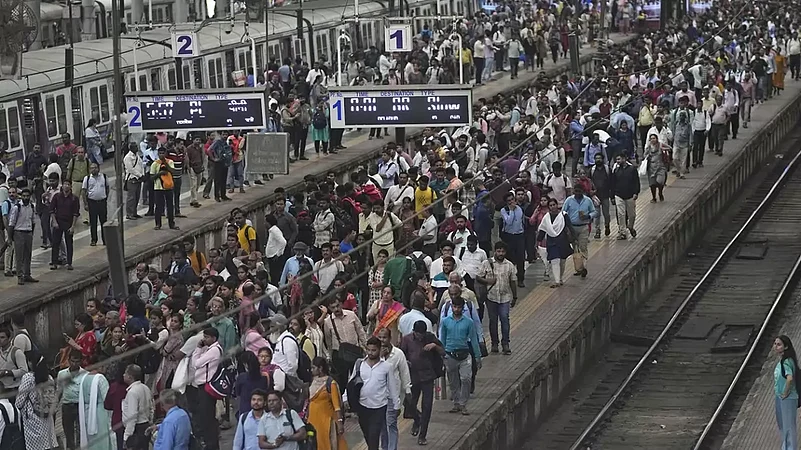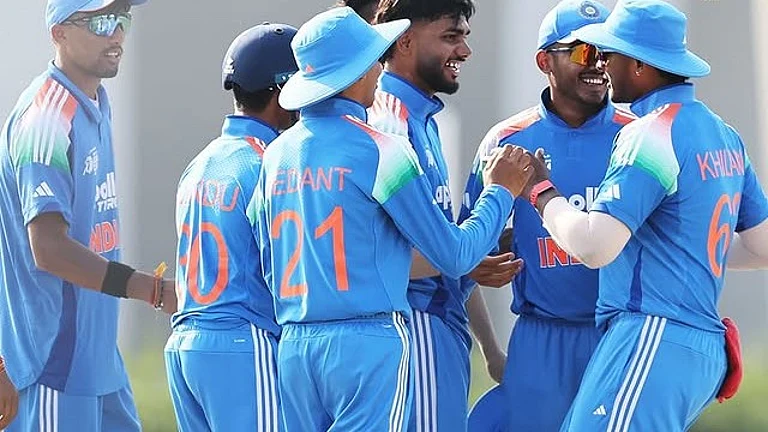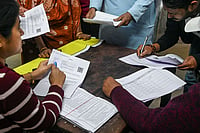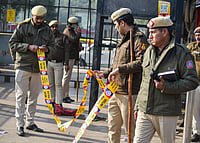Elderly population in India is expanding at an unprecedented rate and could surpass the children's population by mid-century, a new UNFPA report said, underlining that the young India will turn into a rapidly ageing society in the coming decades.
India has one of the highest populations of adolescents and young people in the world.
At the national level, the share of the elderly (60+ years) population is projected to increase from 10.1 per cent in 2021 to 15 per cent in 2036 to 20.8 per cent in 2050, according to the UNFPA's ‘India Ageing Report 2023’.
“By the end of the century, the elderly will constitute over 36 per cent of the total population of the country. Sharp growth in the elderly population is observed from 2010 onwards along with a decline in the age group of below 15 years, indicating rapidity of ageing in India,” the report said.
The report noted that the elderly population in India is expanding at an unprecedented rate and may be expected to surpass the children's population by mid-century.
“Four years before 2050, the population size of the elderly in India will be higher than the population size of children aged 0-14 years. By that time, the population share of 15–59 years will also see a dip. Undoubtedly, the relatively young India today will turn into a rapidly ageing society in the coming decades,” it said.
A distinguishing feature of ageing in India is the significant interstate variation in absolute levels and growth (and hence, share) of the elderly population, given the varying stages and pace of demographic transition across states.
Consequently, there are considerable variations in the age structure of the population, including the ageing experience.
Most of the states in the southern region and select northern states such as Himachal Pradesh and Punjab reported a higher share of the elderly population than the national average in 2021, a gap that is expected to widen by 2036, the report said.
While states reporting higher fertility rates and lagging in demographic transition, such as Bihar and Uttar Pradesh, expect to see an increase in the share of the elderly population between 2021 and 2036, the level will remain lower than the Indian average, the report said.
The report pointed out that India has witnessed moderate to high pace of decadal growth in elderly population since 1961 and evidently, the pace was slower before 2001 but is expected to increase sharply in coming decades.
“The decadal growth of the elderly population in India declined slightly from 32 per cent between 1961 and 1971 to 31 per cent in 1981–1991. Growth picked up pace during 1991–2001 (35 per cent) and is projected to shoot to 41 per cent between 2021 and 2031,” the report said.
The report said that there are 39 older persons per 100 children in India, according to 2021 population estimates.
The states with a higher share of the elderly population (such as those in southern India) also show a higher score for an ageing index, indicative of a decline in fertility leading to a rising number of older persons as compared to children.
“Compared to southern and western India, central and north-eastern regions have the younger group of states as indicated by the ageing index,” it said.
The ageing index measures the number of elderly (60+ years) per 100 children population (below 15 years) and the index score increases as the population ages.
The UNFPA said the population projections indicate that in 2021, there were 16 older persons per 100 working-age persons in India, with significant variations across regions.
“In line with the findings regarding the ageing index, in the southern region, the old-age dependency ratio was higher than the national average at around 20 as is true of western India at 17. Overall, Union Territories (13) and the north-eastern region (13) reflected lower old age dependency ratios,” it said.
The old-age dependency ratio of a population represents the number of persons aged 60+ years per 100 persons in the 15–59 years (or working-age) group. The higher the ratio, the greater the old age-related dependency, reflecting higher levels of demand for care from immediate family.
Andrea. M. Wojnar, UNFPA India Representative and Country Director Bhutan, said the report is a valuable resource for scholars, policymakers, programme managers, and all stakeholders involved in elder care.
“Older persons have contributed significantly to society, and they deserve nothing less than our best efforts to ensure their well-being," Wojnar said


























